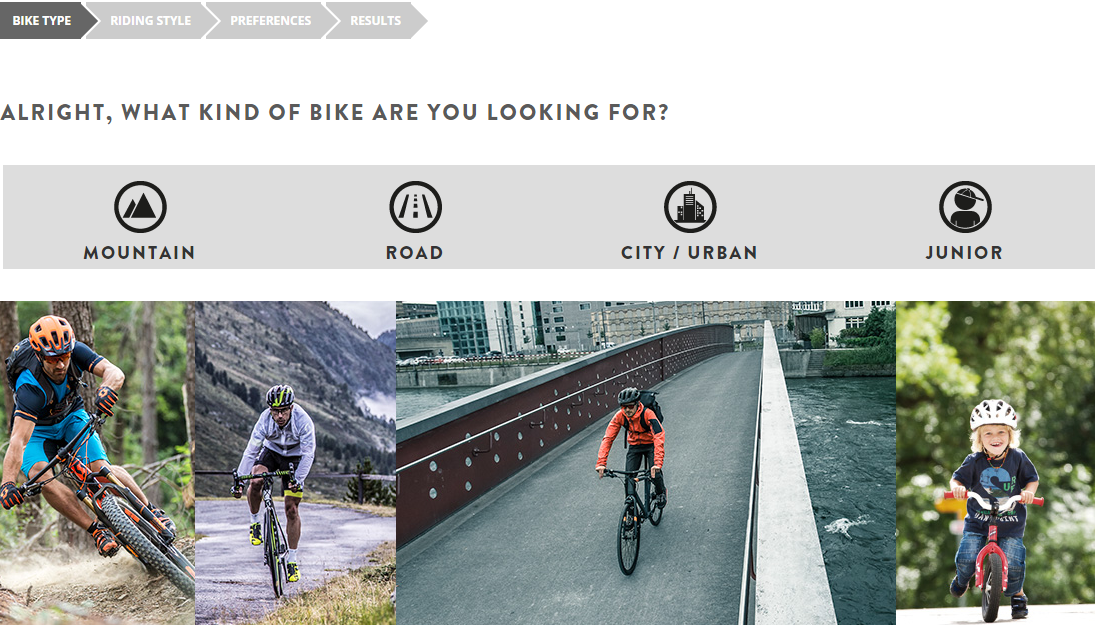Guided selling best practices have been around for a number of years, but the ecommerce technique has been popularized more recently by top apparel brands such as Victoria’s Secret, and cosmetic retailers such as Sephora. Of course, these aren’t the only applications for this type of website navigation. All kinds of brands could benefit from helping their users find the perfect product by educating them, and asking the right questions.
The benefits of guided selling are numerous. It can help provide additional sales conversions, better product discovery, and deeper insight into the needs of your shoppers. Could you be getting more from your guided selling tool? Take a look at these best practices to see if you can optimize it, and get even more out of the tool.
1. Make it fast
Speed is one of the most important guided selling best practices. In this day and age, people just aren’t willing to spend as much time shopping (or doing anything else) as they used to be. While they’ll certainly spend a little bit more time utilizing a specialized tool to help them find the right product, there are some best practices to follow to keep them interested.
- Don’t use pages. Rather than using a traditional multi-page design, display all of the steps on a single page. Using an “accordion” design that expands sections as the user comes to them, or using a tabbed design increases the perception of speed.
- Display a progress bar. Whether or not you use pages (but particularly if you do), displaying a progress bar will increase engagement. 75% of people say the prefer to see a progress bar so that they can see how far along they are.
2. Use images or icons where possible
While text is certainly useful and necessary, displaying images or icons can be extremely helpful and can make the experience more enjoyable and intuitive.

In this example, a bike store shows images of these types of bikes in action. This is much more intuitive than reading about titles and descriptions of each of these categories. Personally, I don’t know the difference between a road bike and a city bike, but these images help clear things up.




